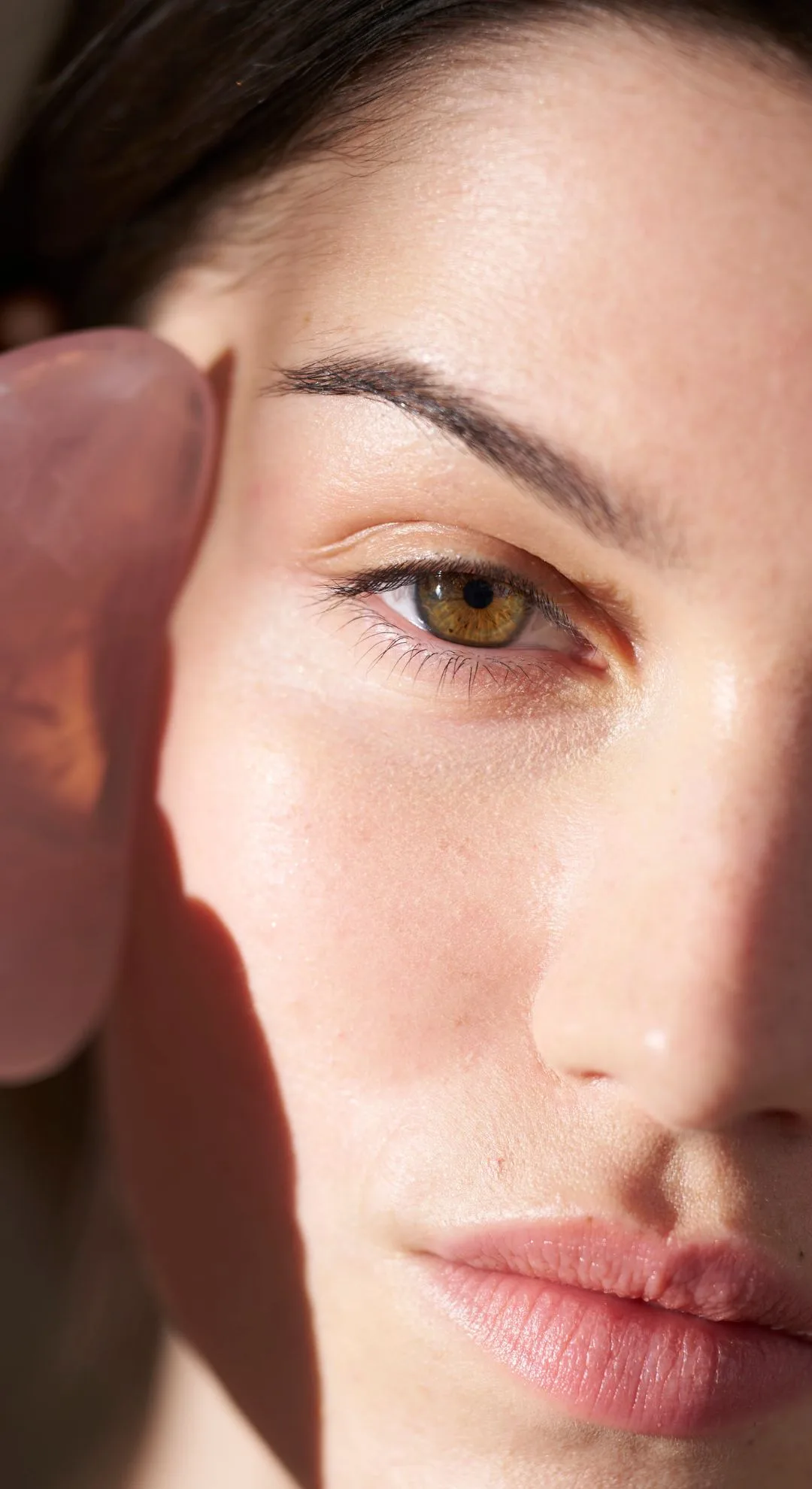These days we are well versed on the benefits of a good facial massage, so it’s hard to imagine a time before we could click to book in for instant tightening, brightening and rejuvenation.
The origins of many skincare products and face tools go back centuries. Take the Egyptians and Chinese, who discovered the skin-softening benefits of natural oils, the anti-inflammatory prowess of honey and the exfoliating nature of milk. And there is evidence that suggests tools such as the gua sha have been helping to keep skin tight for many hundreds of years.
But at the turn of the century, the term “facial” was yet to be created. Soap and water were staples but Western science hadn’t taken skin under the microscope to discover what nature could offer it. Fast forward to 1913 when Dr Nadia Payot graduated from Switzerland’s Lausanne School of Medicine as the first female doctor. This would set about a chain of events that would see the facial as we know it come to life.

A trip to New York with her husband in 1917 saw Payot cross paths with world-famous Russian prima ballerina, Anna Pavlova. The ballerina’s youthful physique seemed, to the doctor, at odds with the visible signs of ageing on her complexion. The juxtaposition struck a chord and, working on the adage “move it or lose it” (although that too was yet to be coined), Payot created a beauty philosophy based on facial movement in combination with skincare.
Her thinking was that by exercising our faces we could help retain firmness and ward off the signs of ageing for longer. “Her vision was to revolutionise the conventional approach to beauty by offering a more holistic perspective, where the skin, body and inner well-being are interconnected,” explains Coralie Esnault, Payot’s international ambassador. “Nadia recognised the power of movement in preserving youth. She complemented her skincare products with massage techniques, [creating] a unique facial massage with 42 movements.”
Launching in the 1920s, when skincare was virtually non-existent, Payot’s first range of beauty products, which included herbs, plants and minerals, felt groundbreaking. It was so positively received that in 1925, the doctor opened her beauty institute on Rue Richepanse in Paris. Within these walls, she trained students to become her newly termed “aestheticians” and developed formulas, which still exist today, including the skin nourishing Nutricia line and pimple-clearing Pâte Grise.
“The 42 movements massage offers a range of global youth benefits [such as] muscle relaxation, detoxification and sculpting effects.”
Coralie Esnault
A true trailblazer, Nadia Payot would become renowned as the creator of the facial we know today after publishing a paper titled Physical Culture for the Face and Neck, which outlined seven massage techniques and four exercises for revitalised skin. This was followed by two books in the 1930s, which imparted Payot’s beauty philosophy: cleanse, nourish and stimulate, an MO that continues to hold up in the beauty industry today. “Dr Payot was a pioneer in the field of facialism,” says Esnault.
Payot later moved her business to 10 de la Castiglione Street in Paris in 1937, where film stars such as Rita Hayworth and Ingrid Bergman would come for facial treatments. It would be the place where Europeans experienced their first facial. Fast forward to today and Payot has just launched an updated facial named The Facialist, which offers even more complexion benefits.

Building on the foundations of Nadia Payot’s still-current techniques, the list of skin positives for this new treatment is impressive, from detoxification to muscle relaxation and an uptick in radiance, to plumper looking lips and a reduction in jaw tension and fatigue. “The Facialist treatment is a holistic treatment offering a unique experience with 75 minutes of manual and accessories massage,” says Esnault. She adds that the treatment includes a mask, gua sha (pictured opposite) and roller in its repertoire, as well as the tailored use of the brand’s extensive skincare collection to tackle a list of gripes.
Go to a facialist today and there is a chance that what you’re experiencing is inspired by some of Nadia Payot’s innovative methods. In fact, top facialists have confirmed that the Payot techniques are still as relevant today as they were in the 1920s. Nadia Payot’s thinking – including this gem, “Beauty comes from within” – suggests an understanding of skin that was truly ahead of her time. “[Payot] endeavoured to empower women to take ownership of their beauty,” adds Esnault. “It’s a philosophy that continues to be upheld 100 years later by those who have followed in her footsteps.”
To book The Facialist treatment, call Payot on 1300 367 969 or (02) 9874 1166.
This article originally appeared on Marie Claire Australia and is republished here with permission.







